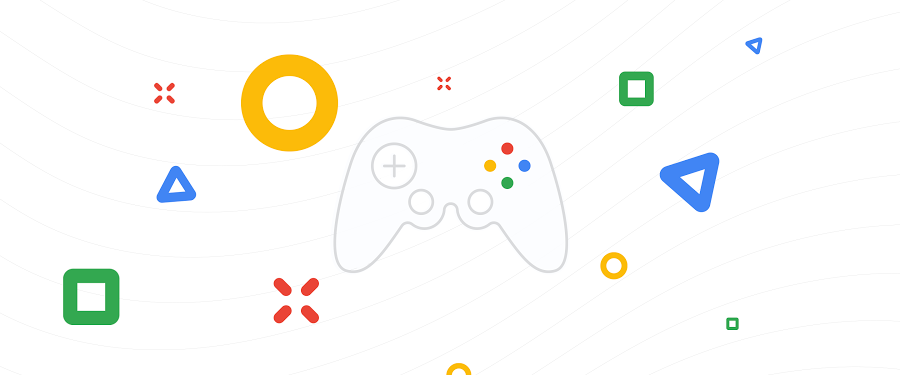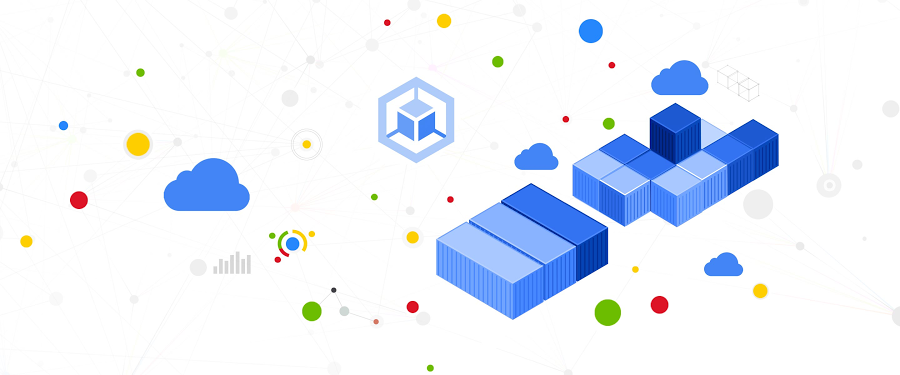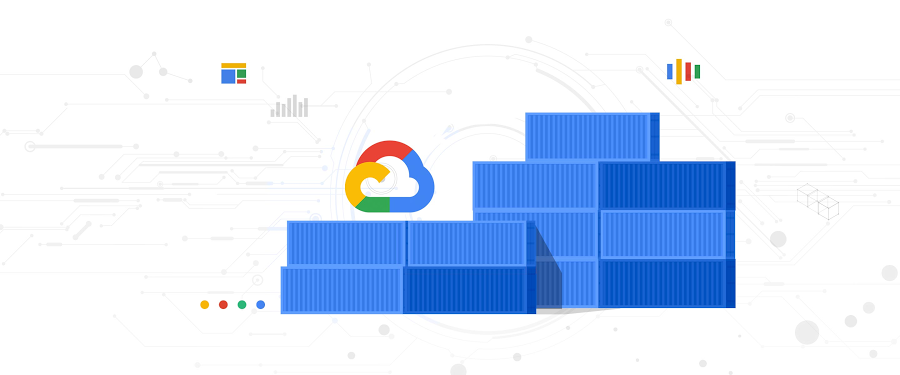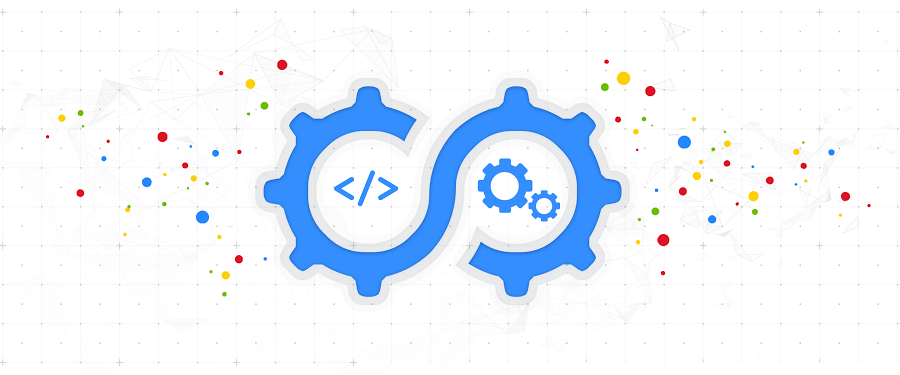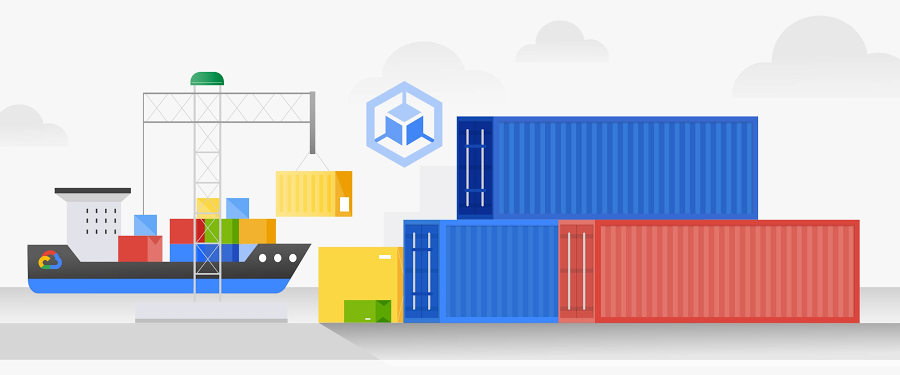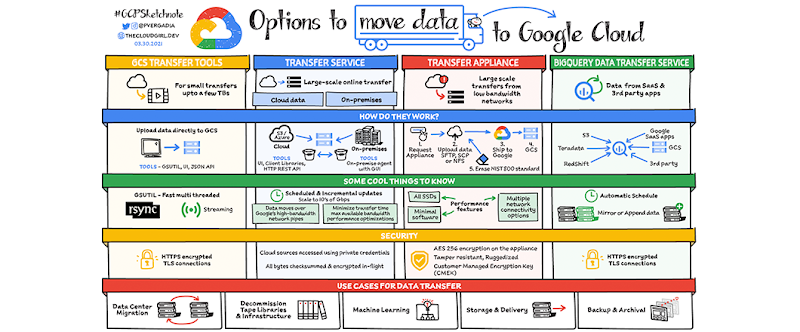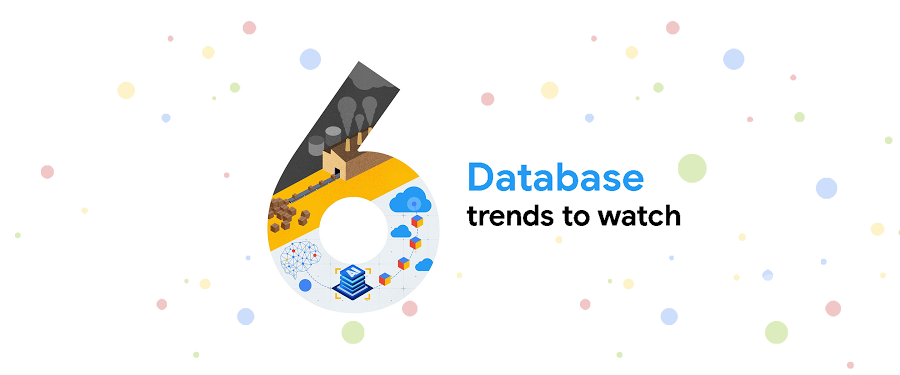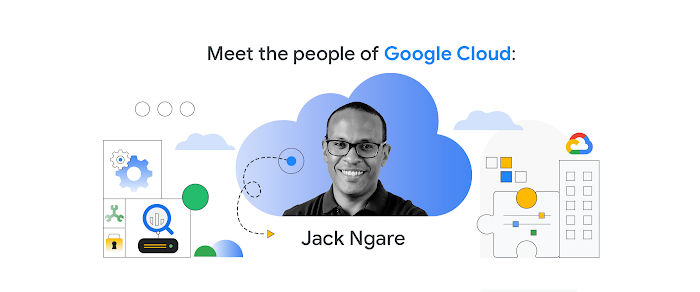This week’s stories from Google Cloud: April 30, 2021
The Google Cloud content marketing team
Here’s a round-up of the key stories we published the week of April 30, 2021.
Introducing Open Saves: Open-source cloud-native storage for games
Open Saves is a brand-new, purpose-built single interface for multiple storage back ends that’s powered by Google Cloud and developed in partnership with 2K. Now, development teams can store game data without having to make the technical decisions on which storage solution to use. Read more.Turbocharge workloads with new multi-instance NVIDIA GPUs on GKE
With the launch of multi-instance GPUs in GKE, now you can partition a single NVIDIA A100 GPU into up to seven instances that each have their own high-bandwidth memory, cache and compute cores. Each instance can be allocated to one container, for a maximum of seven containers per one NVIDIA A100 GPU. Further, multi-instance GPUs provide hardware isolation between containers, and consistent and predictable QoS for all containers running on the GPU. Read more.
Sign here! Creating a policy contract with Configuration as Data
Configuration as Data is an emerging cloud infrastructure management paradigm that allows developers to declare the desired state of their applications and infrastructure, without specifying the precise actions or steps for how to achieve it. However, declaring a configuration is only half the battle: you also want policy that defines how a configuration is to be used. Here’s how to create one.SRE at Google: Our complete list of CRE life lessons
We created Customer Reliability Engineering, an offshoot of Site Reliability Engineering (SRE), to give you more control over the critical applications you're entrusting to us. Since then, here on the Google Cloud blog, we’ve published over two dozen blogs to help you take the best practices we’ve learned from SRE teams at Google and apply them in your own environments. Here’s a guide to all of them.The evolution of Kubernetes networking with the GKE Gateway controller
This week we announced the Preview release of the GKE Gateway controller, Google Cloud’s implementation of the Gateway API. Over a year in the making, the GKE Gateway controller manages internal and external HTTP/S load balancing for a GKE cluster or a fleet of GKE clusters. The Gateway API provides multi-tenant sharing of load balancer infrastructure with centralized admin policy and control. Read more.How to transfer your data to Google Cloud
Any number of factors can motivate your need to move data into Google Cloud, including data center migration, machine learning, content storage and delivery, and backup and archival requirements. When moving data between locations, it's important to think about reliability, predictability, scalability, security, and manageability. Google Cloud provides four major transfer solutions that meet these requirements across a variety of use cases. This cheat sheet helps you choose.6 database trends to watch
In a data-driven, global, always-on world, databases are the engines that let businesses innovate and transform. As databases get more sophisticated and more organizations look for managed database services to handle infrastructure needs, there are a few key trends we’re seeing. Here’s what to watch.All the posts from the week
The modern web architecture jigsaw puzzle, made easy for you
Using TFX inference with Dataflow for large scale ML inference patterns
The evolution of Kubernetes networking with the GKE Gateway controller
Introducing Open Saves: Open-source cloud-native storage for games
Risk governance of digital transformation: guide for risk, compliance & audit teams
4 simple steps to make the perfect spreadsheet to power your no-code app
Google’s research & data insights solution makes next-generation research accessible
Creating safer cloud journeys with new security features and guidance for Google Cloud and Workspace
Google Cloud announces new region to support growing customer base in Israel
Choose the best way to use and authenticate service accounts on Google Cloud
GKE operations magic: From an alert to resolution in 5 steps
Turbocharge workloads with new multi-instance NVIDIA GPUs on GKE
How to use multi-VPC networking in Google Cloud VMware Engine
La que nos une: Univision partners with Google Cloud to transform media experiences
Sign here! Creating a policy contract with Configuration as Data
Build security into Google Cloud deployments with our updated security foundations blueprint
How Cloud Spanner helped Merpay easily scale to millions of users
Seven-Eleven Japan uses Google Cloud to serve up real-time data for fast business decisions
Colgate-Palmolive moves to the cloud with Chrome Enterprise and Google Workspace
